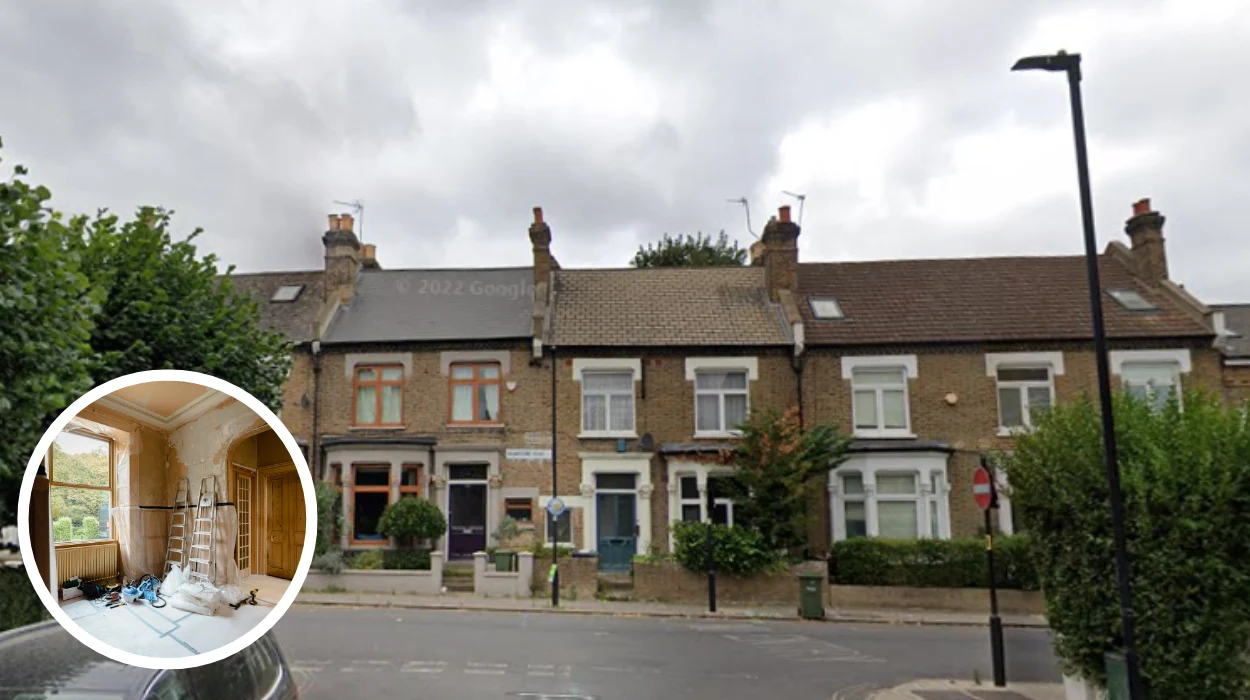Lambeth (Parliament Politics Magazine) – Lambeth Council launches sustainable renovation of empty properties, aiming to ease the housing crisis and provide homes for homeless families.
As reported by Lambeth News, Lambeth has completed a ground-breaking conversion of two formerly vacant council houses to offer long-term housing for homeless families.
A new benchmark for addressing housing and climatic demands has been established by the “retrofit” of two nearly abandoned buildings in Gipsy Hill.
Two Lambeth families who had previously been living in temporary housing may now live in safe, sustainable homes thanks to the houses, which had been abandoned as long-term “void” properties and have been converted to the greatest energy efficiency requirements.
Installing new energy-efficient and low-consumption technologies in buildings that were not previously equipped with them is known as retrofitting.
As part of the council’s efforts to satisfy the strict “Passivhaus” energy efficiency requirement, the recently renovated three-bedroom residences have undergone extensive upgrades.
With the least amount of heating and cooling, this standard guarantees low heating costs and drastically lower carbon emissions, making the dwellings both energy efficient and comfortable for its occupants.
As of early 2024, Lambeth owned more than 700 vacant homes, many of which were being renovated or were in the process of being renovated.
Although this number refers to general modernization rather than specific renovations of empty properties, the council has spent tens of millions of pounds since 2018 to modernize over 5,200 council homes.
These residences, which were built in collaboration with Lambeth’s contractor Niblock, will assist Lambeth’s social justice and climate initiatives while offering the new renters much lower heating costs.
Claire Holland, Leader of Lambeth Council, welcomed the families to their new homes. She said:
“These houses lay vacant for many years and now we have retrofitted them to the highest energy efficiency standards which means sustainable homes and lower energy bills for the new tenants.”
He added that the tenants are two families who have previously been living in temporary accommodation. They are building sustainably and retrofitting existing properties, including void properties all to tackle the London housing crisis.
Lambeth’s larger goal of becoming net zero compatible by 2030 is in line with the council’s Climate Action Plan, which includes the Gypsy Hill project.
Passivhaus buildings use little extra energy for heating or cooling because they are so well-ventilated and insulated, retaining warmth from sunlight and occupant activity.
“Lambeth was the first London borough to declare a climate emergency in 2019, and we’re proud to have repurposed these empty properties to provide long-term, secure homes in a sustainable way,”
said Cllr Holland.
A 100% council tax premium on long-term vacant homes and new compulsory purchase powers that go into effect in 2025 are just two of the new plans and enforcement methods the council has adopted to expedite repairs and encourage owners to re-use vacant homes.
This is a perfect illustration of how we may repurpose empty buildings into climate-friendly, affordable houses for local families.
As part of a nationwide initiative to “retrofit” socially rented homes, around 700 homes in the borough have been renovated, and the council has obtained additional money totaling £1 million to improve the energy efficiency of homes on estates in Brixton and Streatham.
What measures are being taken to ensure the sustainability of the renovated properties in Lambeth?
To cut down on energy use and carbon emissions, install programmable thermostats, LED lighting, and energy-efficient HVAC (heating, ventilation, and air conditioning) systems. enhancing thermal performance and lowering the need for heating and cooling by installing energy-efficient windows and doors and upgrading insulation.
To reduce environmental effects and enhance indoor air quality, choose eco-friendly building materials like bamboo flooring, recycled glass tiles, reclaimed wood, and paints with low or zero volatile organic compounds (VOCs).
In order to minimize waste and embodied carbon, materials are chosen based on their durability and recyclability.
Use appliances made to use less water and water-efficient fixtures like low-flow showerheads, toilets, and taps. To lower the demand for drinkable water, systems like rainwater collection or greywater recycling could be included.


